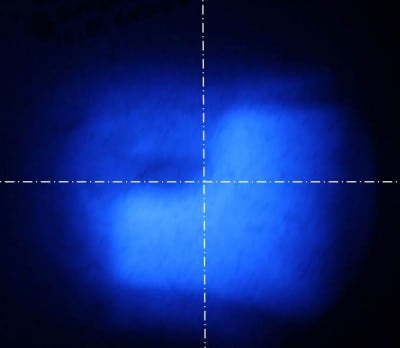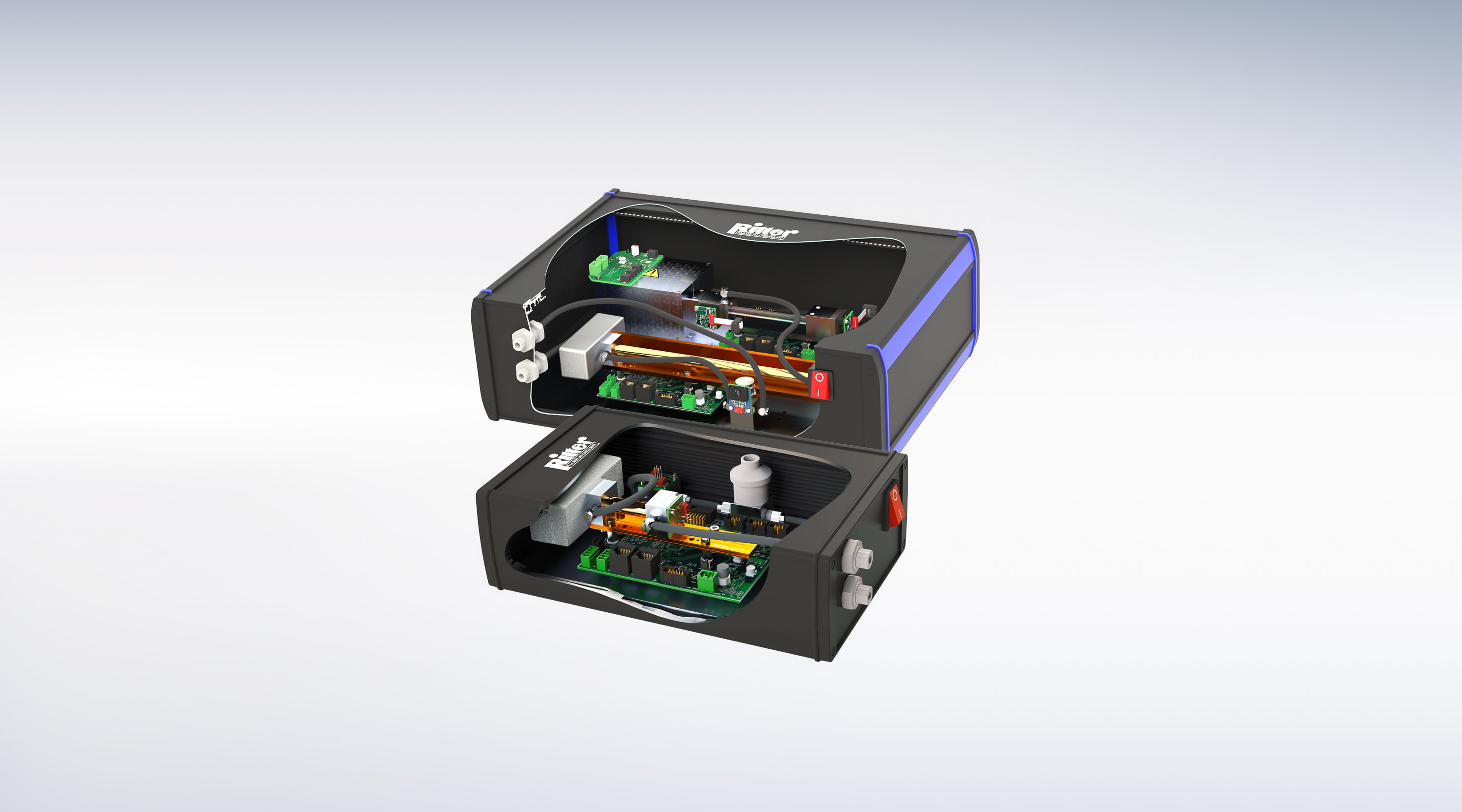RITTER »MultiGas« Sensors
Modular sensor design
It is a considerable advantage to conveniently use several high-sensitivity sensors in just one tabletop casing.
Analyse up to 4 different gases plus pressure and humidity simultaneously. In order to adapt gas analysis as flexibly as possible to individual measurement tasks, the single components were designed modularly. This resulted in a »modular system« in which the various photometric components such as detectors, emitters, measuring sample cell, etc. can be assembled user-specifically.
With this sophisticated sensor design, customer-specific applications can be realized without needing a completely new development. The modularity makes replacement and maintenance considerably easier when servicing is required. In contrast to this design, common completely glued gas sensors can only be replaced as a complete unit thus generating high follow-up costs (total cost of ownership) in case of maintenance.
RITTER »MultiGas« takes basic IR & UV technologies to a whole new level of gas analysis experience, according to the latest scientific findings. Optionally, modules can also be equipped with a sensor for oxygen, pressure and humidity.
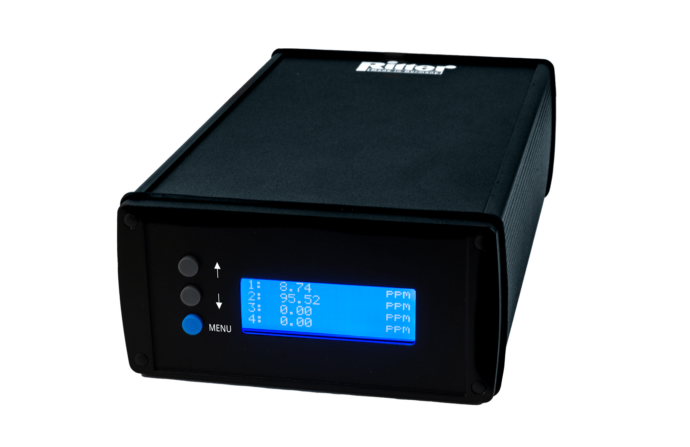
Configurations and measurement ranges
Configuration choices for RITTER »MultiGas« Modules
| Module types (no. of gases in group) | IR Gas Group | UV Gas Group | Options / Additional sensors *2 | |||
|---|---|---|---|---|---|---|
| mono (1) + options | IR | CO2 CO N2O CnHm CH4 CF4 SF6 H2O | O2 | P | H | |
| UV | O3 Cl2 SO2 H2S NO2 NO | O2 | P | H | ||
| duo (2) + options | IR | CO2 CO N2O CnHm CH4 CF4 SF6 H2O | O2 | P | H | |
| UV | O3 Cl2 SO2 NO2 NO | O2 | P | H | ||
| duo combi (1+1) + options | IR + UV | CO2 CO N2O CnHm CH4 CF4 SF6 H2O | O3 Cl2 SO2 H2S NO2 NO | O2 | P | H |
| trio (3) + options | IR | CO2 CO N2O CnHm CH4 CF4 SF6 H2O | O2 | P | H | |
| UV / UVRAS | SO2 NO2 NO | O2 | P | H | ||
| trio combi (1+2)*1 + options | IR + UV | CO2 CO N2O CnHm CH4 CF4 SF6 H2O | O3 Cl2 SO2 NO2 | O2 | P | H |
List of standard measurement ranges *1 ( and detection limits *2 )
| Standard Measuring Ranges with respective Detection Limits ( % of F.S. *3 ) | ||||||||||||||||
|---|---|---|---|---|---|---|---|---|---|---|---|---|---|---|---|---|
| 100 Vol.% | 50 Vol.% | 30 Vol.% | 20 Vol.% | 10 Vol.% | 5 Vol.% | 1 Vol.% | 5,000 ppm | 2,000 ppm | 1,000 ppm | 500 ppm | 300 ppm | 100 ppm | 50 ppm | 10 ppm | 1 ppm | |
| CO2 | (< 0.1%) | (< 0.1%) | (< 0.1%) | (< 0.1%) | (< 0.1%) | (< 0.1%) | (< 0.1%) | (< 0.1%) | (< 0.1%) | (< 0.1%) | (< 0.3%) | (< 0.3%) | ||||
| CO | (< 0.2%) | (< 0.2%) | (< 0.2%) | (< 0.2%) | (< 0.2%) | (< 0.2%) | (< 0.2%) | (< 0.3%) | (< 0.5%) | (< 0.5%) | ||||||
| N2O | (< 0.1%) | (< 0.1%) | (< 0.1%) | (< 0.1%) | (< 0.1%) | (< 0.1%) | (< 0.1%) | (< 0.3%) | ||||||||
| CnHm*4 | (< 0.1%) | (< 0.1%) | (< 0.1%) | (< 0.2%) | (< 0.2%) | (< 0.2%) | (< 0.2%) | (< 0.5%) | (< 0.5%) | |||||||
| CH4 | (< 0.1%) | (< 0.1%) | (< 0.1%) | (< 0.1%) | (< 0.1%) | (< 0.1%) | (< 0.1%) | (< 0.3%) | (< 0.5%) | |||||||
| CF4 | (< 0.2%) | (< 0.2%) | (< 0.2%) | (< 0.02%) | (< 0.05%) | |||||||||||
| SF6 | (< 0.1%) | (< 0.1%) | (< 0.1%) | (< 0.2%) | (< 0.5%) | (< 0.3%) | (< 0.3%) | |||||||||
| H2O | ||||||||||||||||
| O3 | (< 0.1%) | (< 0.1%) | (< 0.1%) | (< 0.2%) | (< 0.5%) | (< 0.5%) | (< 0.5%) | |||||||||
| Cl2 | (< 0.1%) | (< 0.1%) | (< 0.1%) | (< 0.1%) | (< 0.1%) | (< 0.1%) | (< 0.1%) | (< 0.2%) | (< 0.5%) | |||||||
| SO2 | (< 0.1%) | (< 0.1%) | (< 0.1%) | (< 0.1%) | (< 0.1%) | (< 0.1%) | (< 0.1%) | (< 0.1%) | (< 0.5%) | (< 0.5%) | (< 0.5%) | |||||
| H2S | (< 0.1%) | (< 0.1%) | (< 0.1%) | (< 0.1%) | (< 0.2%) | (< 0.5%) | ||||||||||
| NO2 | (< 0.1%) | (< 0.1%) | (< 0.1%) | (< 0.2%) | (< 0.2%) | (< 0.5%) | (< 0.5%) | (< 0.5%) | ||||||||
| NO | (< 0.1%) | (< 0.1%) | (< 0.1%) | (< 0.2%) | (< 0.2%) | |||||||||||
Infrared module NDIR Ultraviolet module NDUV
Definition of Detection Limit
The Detection Limit is the smallest measurement value which can be obtained with a specific uncertainty. This uncertainty includes the resolution, noise and stability of the gas sensor for a specific gas and specific measurement range. For evaluation of the detection limit value, several single measurements are taken at the identical measurement conditions. With the obtained single measurement results the standard deviation “Sigma” (σ) is calculated. The values given in the table equal the triple amount of Sigma.
Fully detailed Data Sheets
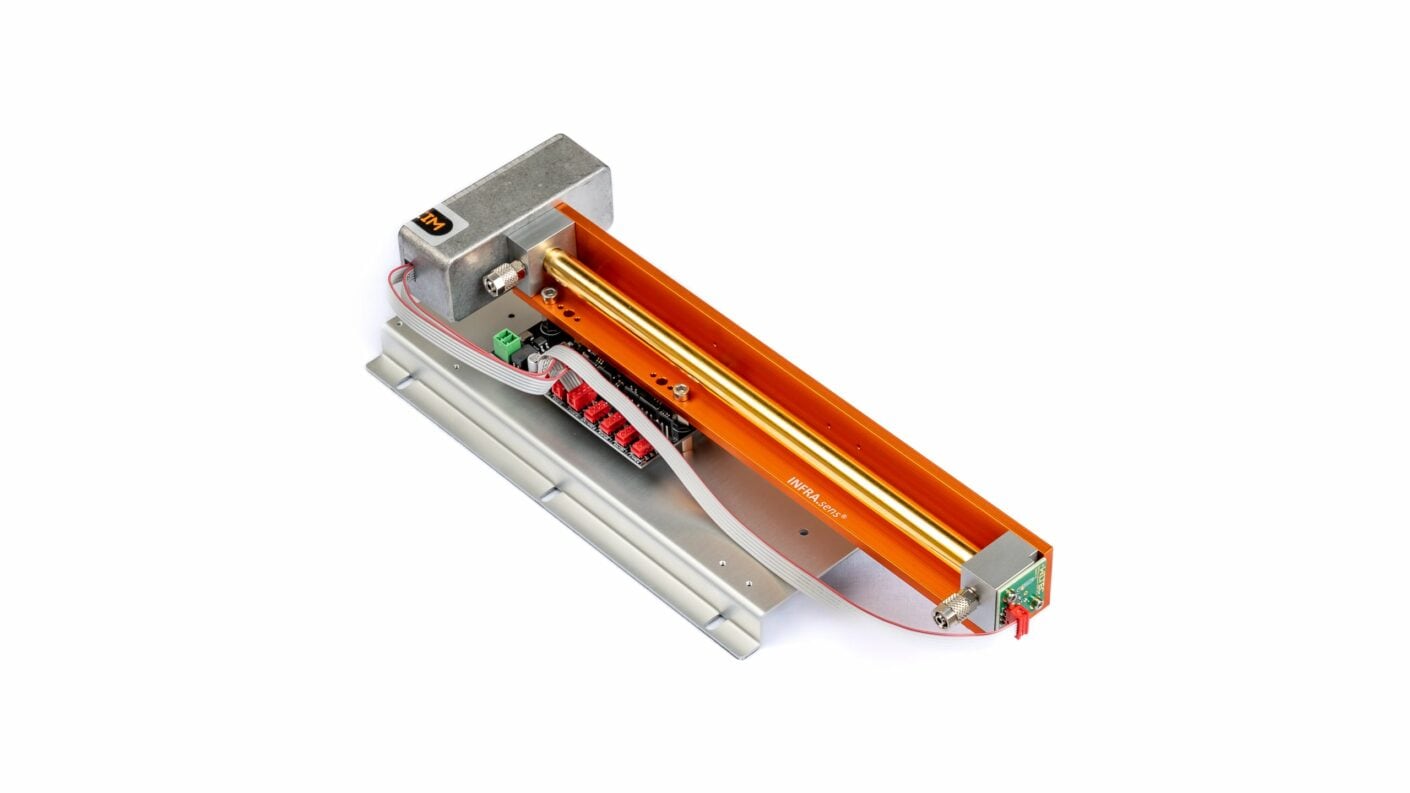
- Innovative NDIR Sensor (non-dispersive infrared sensor)
- Max. 3 simultaneously detectable gases per sensor unit
- Measuring ranges from ppm to Vol.-%
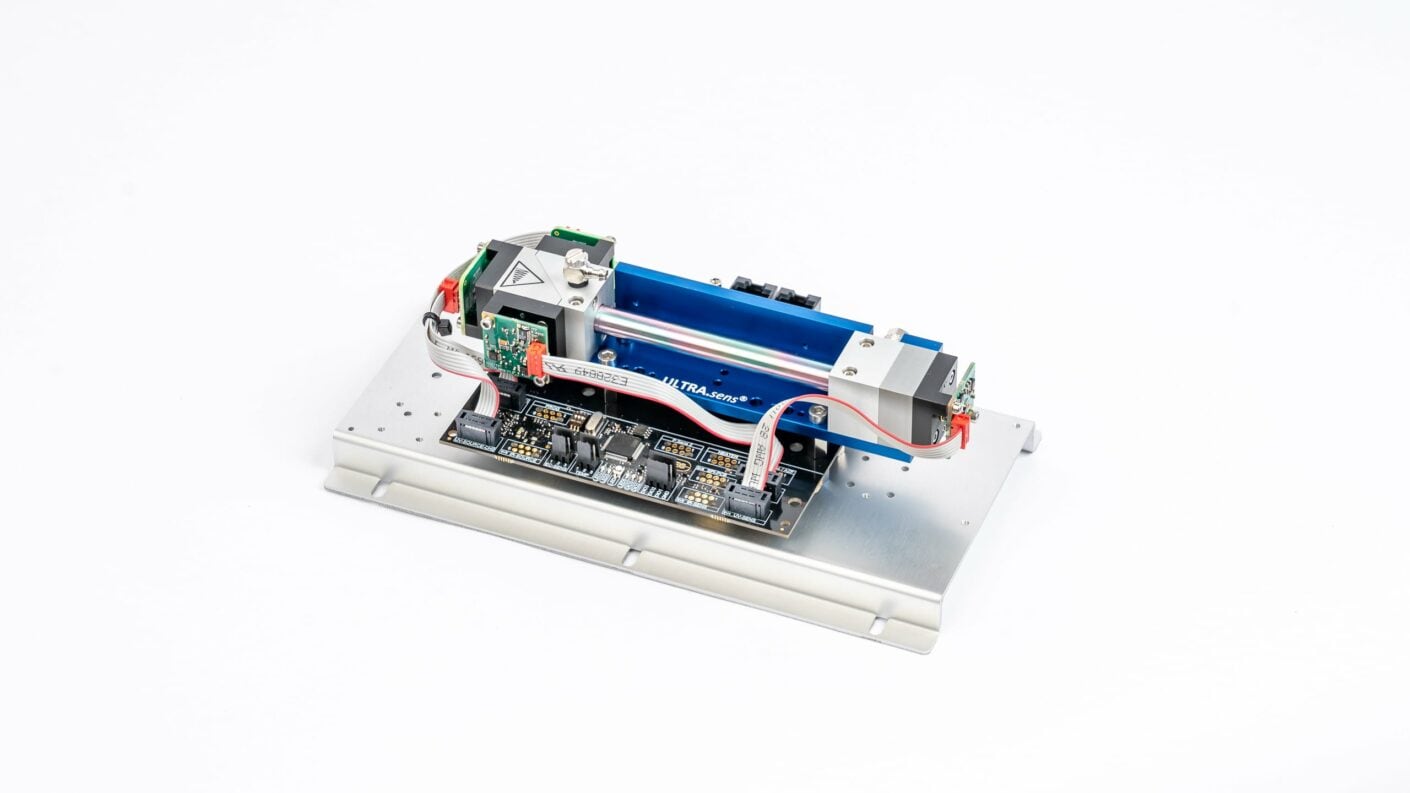
- Innovative NDUV Sensor (non-dispersive ultraviolet sensor)
- Max. 2 simultaneously detectable gases per sensor unit
- Measuring ranges from ppm to Vol.-%
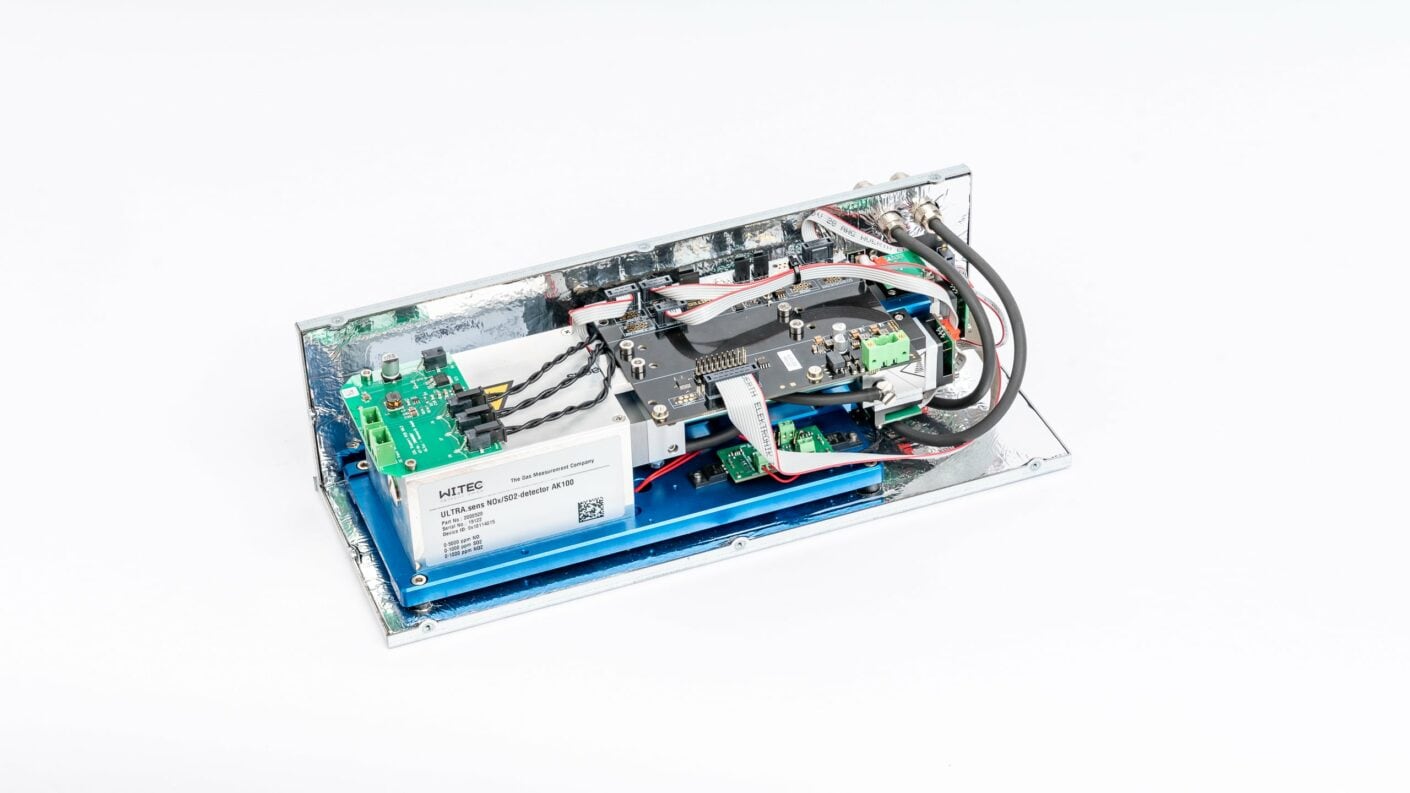
- Innovative UVRAS Sensor (UV resonance absorption spectroscopy)
- Max. 3 simultaneously detectable gases per sensor unit
- Combination of UVRAS and NDUV technology
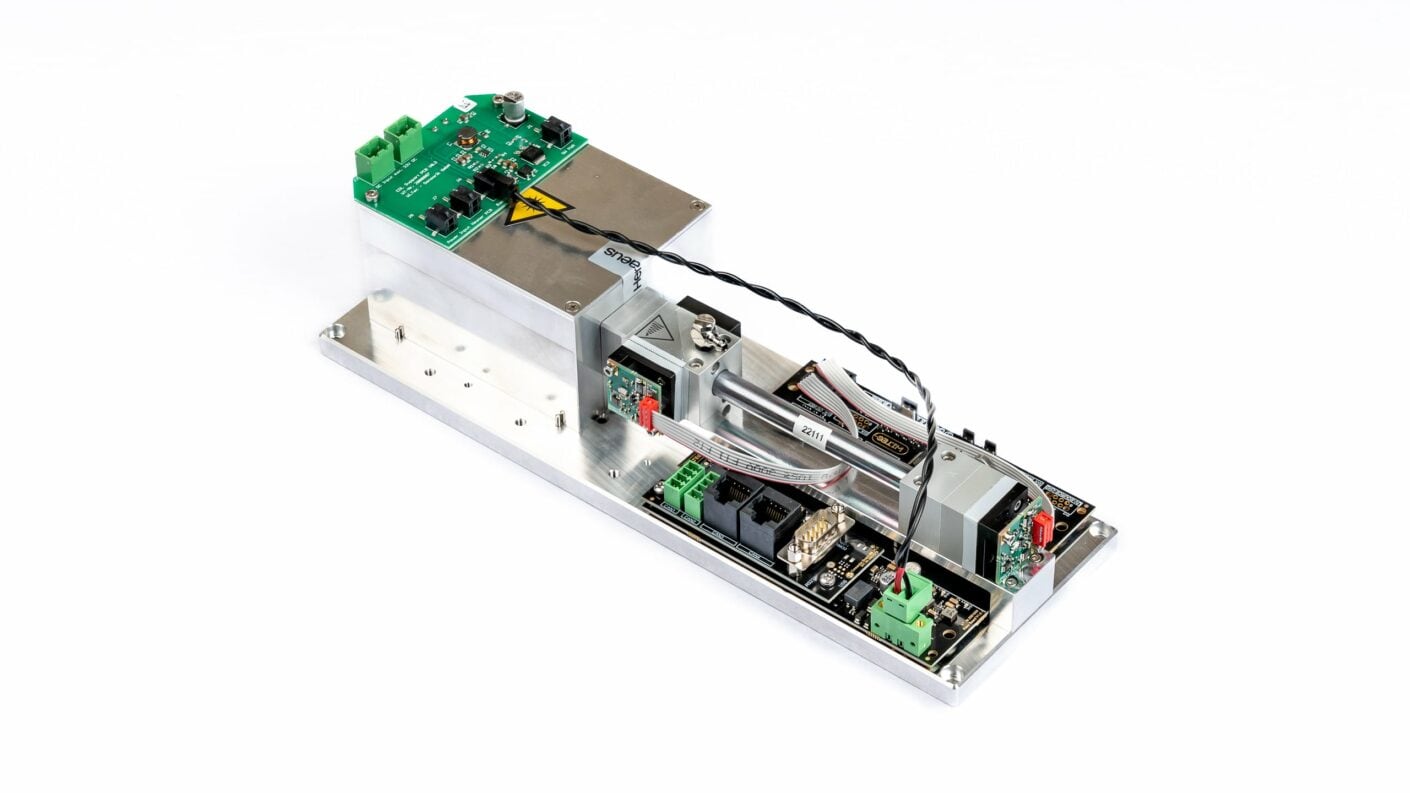
- NDUV Sensor (non-dispersive ultraviolet sensor) / Dual beam
- Max. 2 simultaneously detectable gases per sensor unit
- Interference-free measurements with water vapour and hydrocarbons
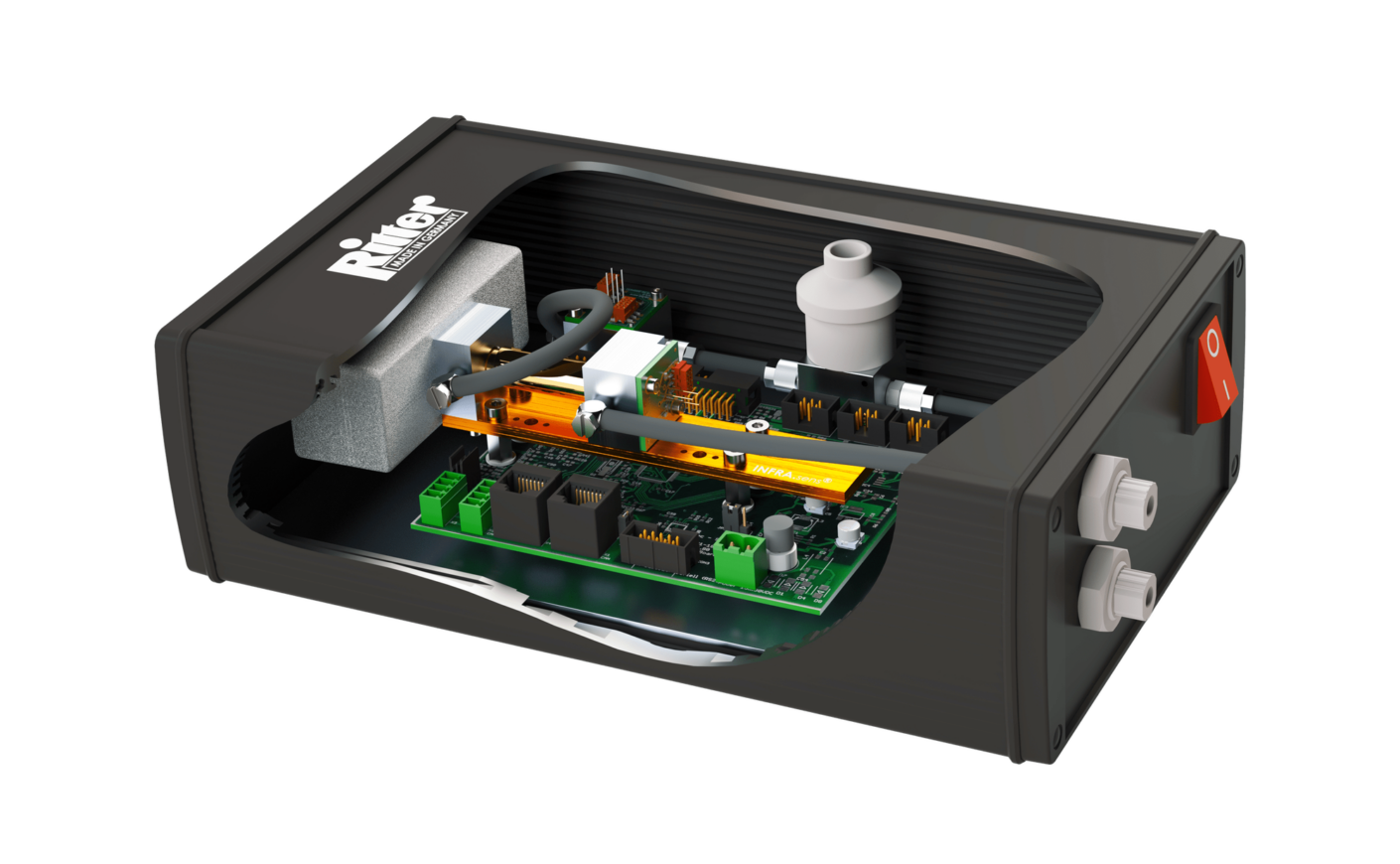
- Casing type 1 suitable for 1 IR or 1 UV RITTER »MultiGas« Sensor Module
- Casing type 2 suitable for multiple RITTER »MultiGas« Sensor Modules
- High-quality aluminium table-top casing
- Interface: USB as standard, RS232, CANbus, CANopen, MODbus on request
RITTER »MultiGas« Combined Modules NDIR + NDUV
RITTER »MultiGas« Modules can also be a combination of both NDIR sensors and NDUV sensors on a common board. With this unit, up to 3 gas components can be measured simultaneously. The basic electronics can supply IR and UV radiation sources with different frequencies for 0 Hz (DC) to 100 Hz (AC). This system is an ideal tool for detecting multi-component gas at low ppm levels.
Please note: For technical and chemical reasons, not every combination of gases/measuring ranges can be analyzed/measured in a single or combined RITTER »MultiGas« module. As this is a rather complex topic, please do not hesitate to contact one of our gas experts first.
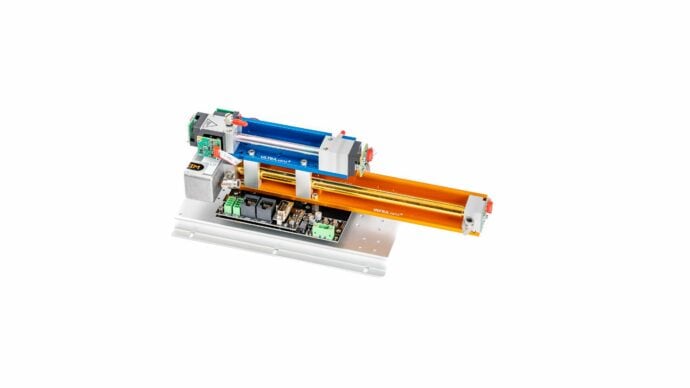
Options (in addition to an IR or UV sensor only)
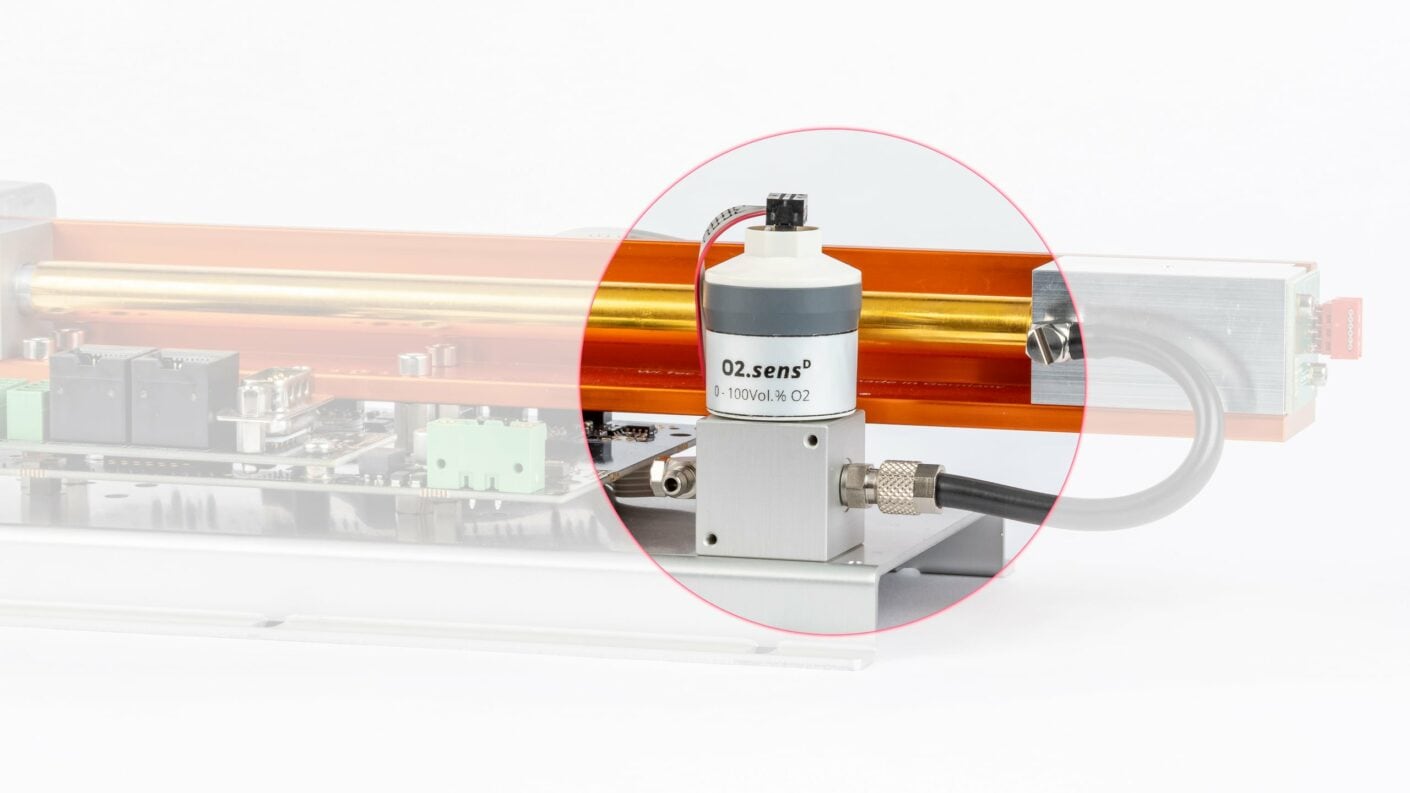
Oxygen Sensor
- Electrochemical sensor
- Measuring ranges:
- Standard version 0 – 25 % or 0 – 100 %
- H2S resistant version 0.5 – 35 %
- Measurement accuracy ±2 % of span (full scale)
- Resolution: 0.1 Vol.%
- Response time (t90): 5 - 10 s; automotive version < 3.5 s
- Lifetime: approx. 5 years
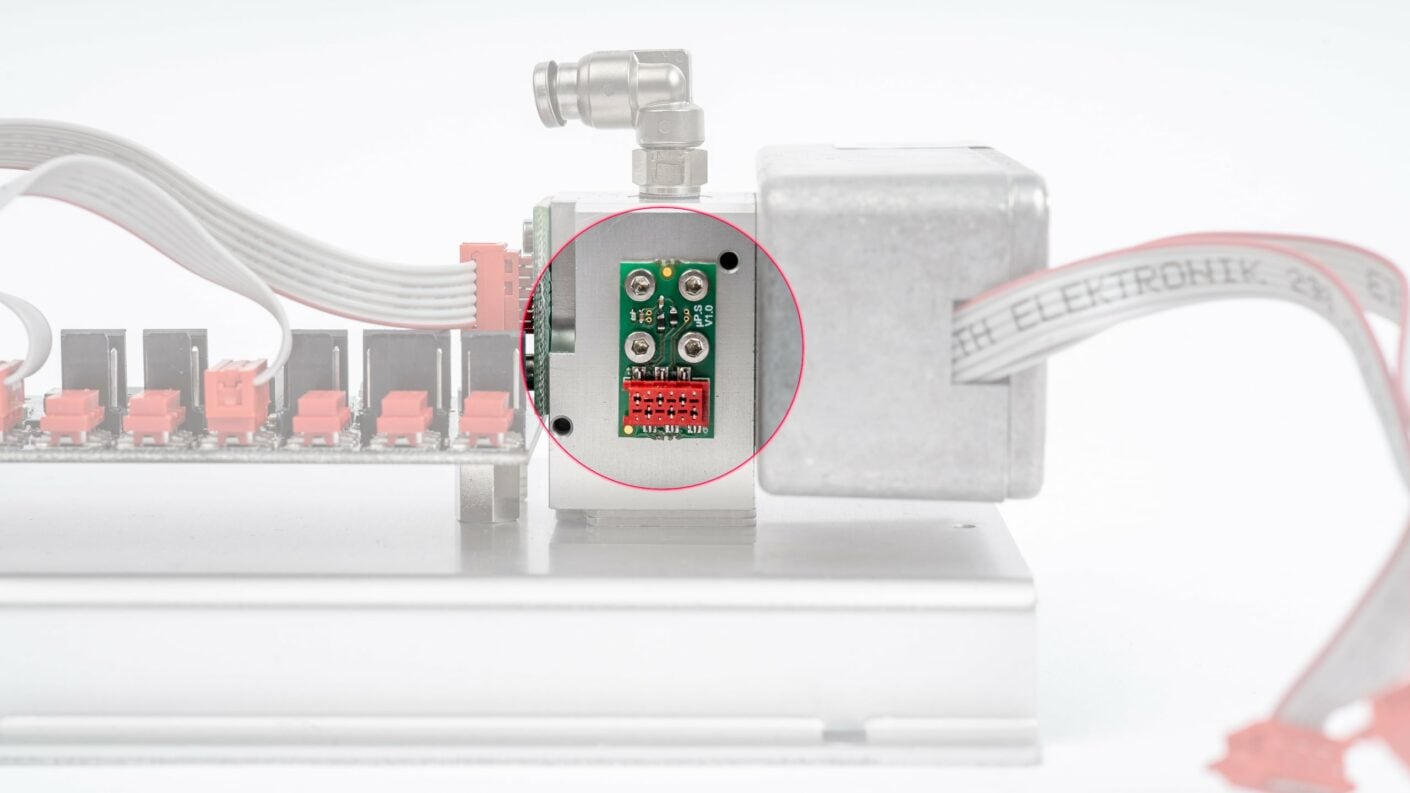
Pressure Sensor
- Pressure compensation of measured gas concentrations
- Measuring ranges:
- Standard version 800 - 1,200 mbar abs.
- H2S resistant version 0.2 – 3.5 bar abs.
- Measurement accuracy ±1% of span (full scale)
- Resolution: <1 mbar (2 mbar for H2S resistant version)
- Response time (t90): 1 s
- Incl. temperature compensation
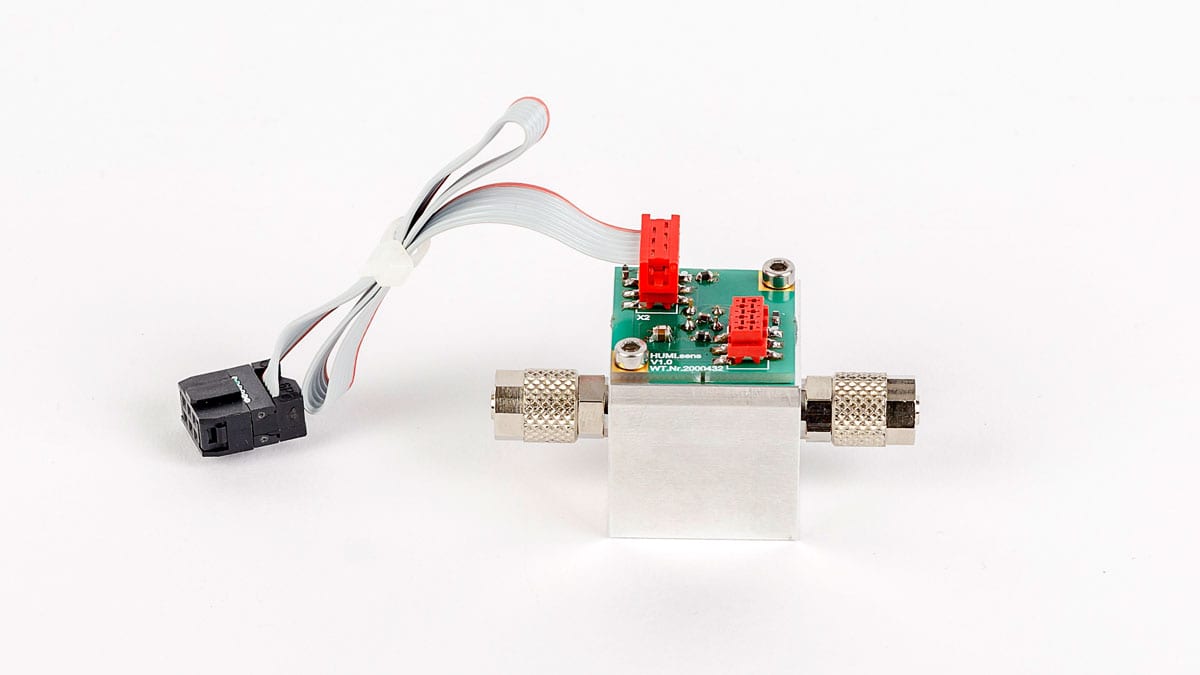
Humidity Sensor
- Polymer humidity sensor
- Measuring range: 0-100% rH
- Measurement accuracy ±2% rH of span (full scale)
- Resolution: ±1% rH
- Response time (t90): 12 s
- Incl. temperature compensation
- Indicated values: absolute [% absH] and relative humidity [% rH]
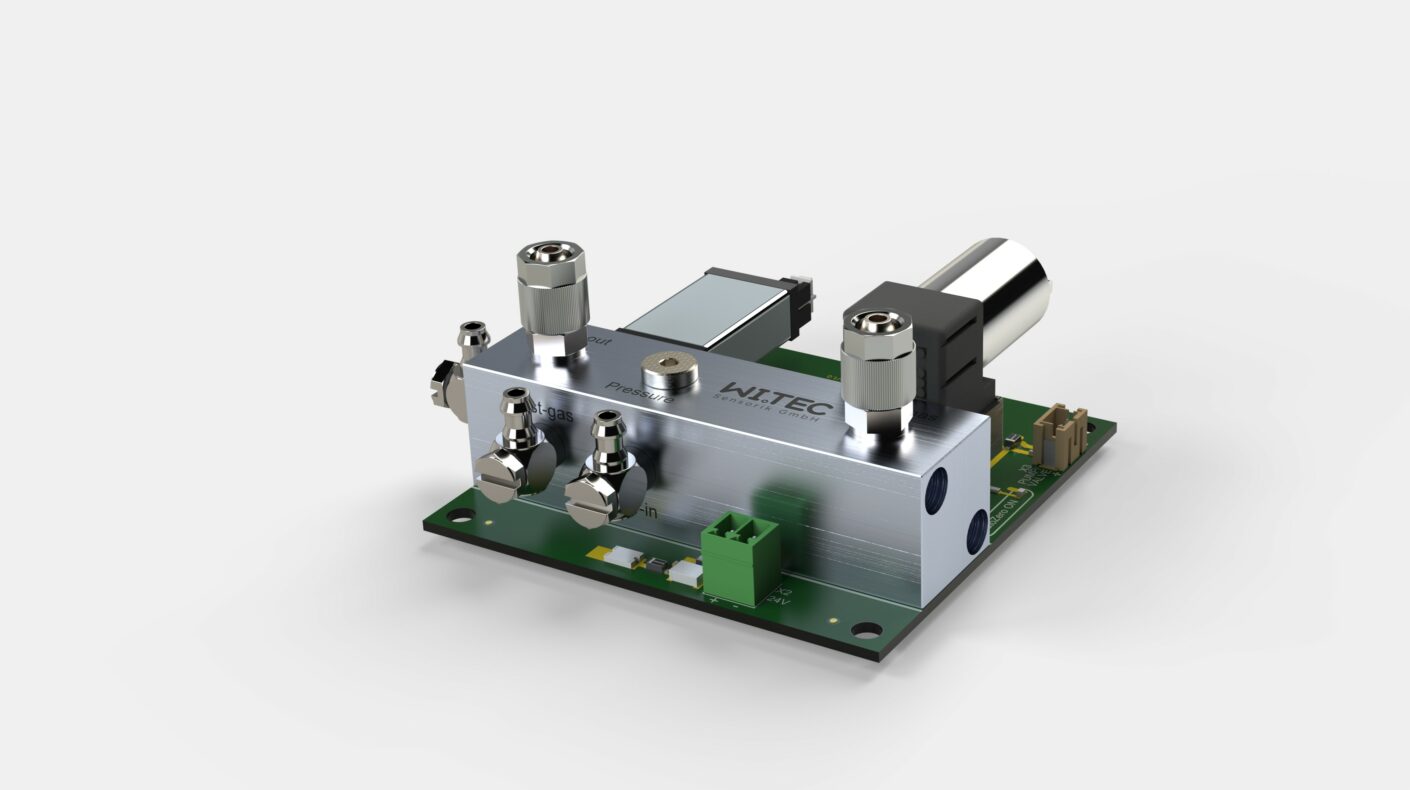
RITTER »MultiGas« Zero-point Adjustment Module (Air)
- Automatic time-controlled zero-point adjustment for long-term stable measurements
- Zero setting with ambient air
- Pressure compensation included
- Built-in as supplement in table-top casing of »RITTER MultiGas« Sensors
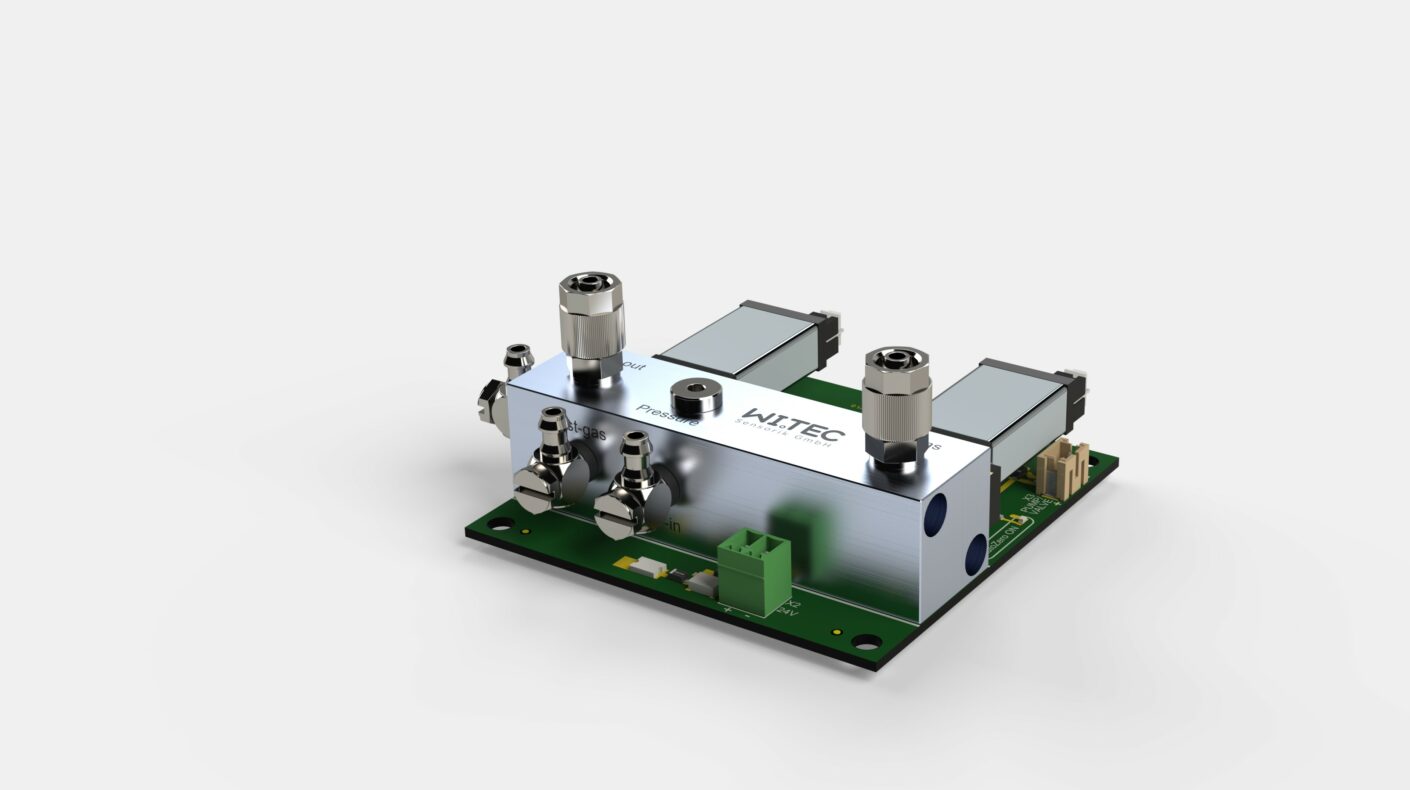
RITTER »MultiGas« Zero-point Adjustment Module (N2)
- Automatic time-controlled zero-point adjustment for long-term stable measurements
- Zero setting with nitrogen (N2)
- Pressure compensation included
- Built-in as supplement in table-top casing of RITTER »MultiGas« Sensors
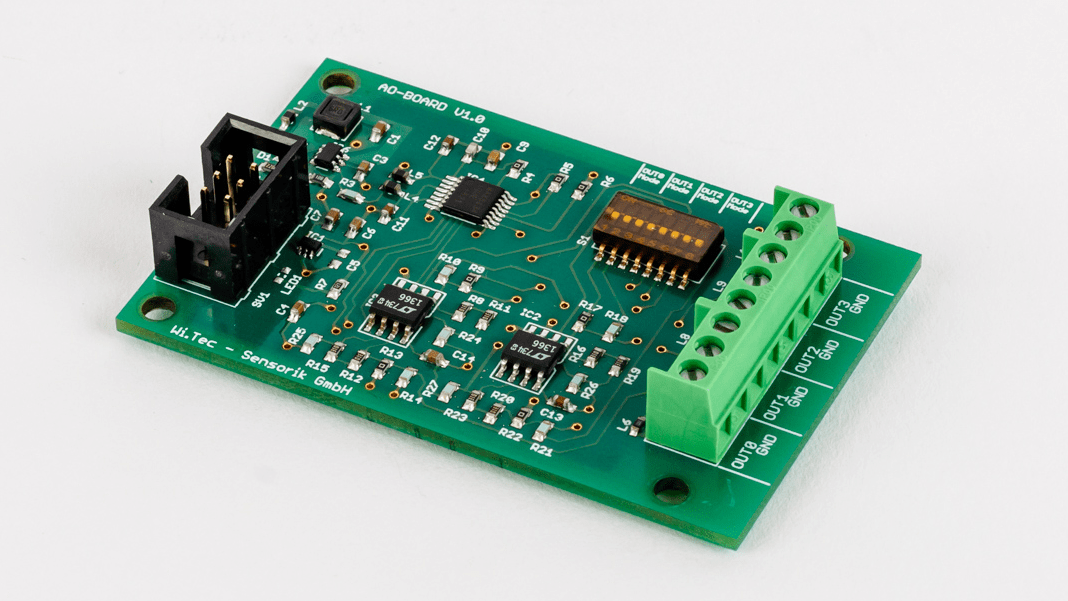
Analog Voltage Output
- Allows the output of gas concentration values for up to 4 different gases at 4 separate channels
- 4 parallel signal outputs
- Resolution: 16 bit
- Update rate: 1 sec
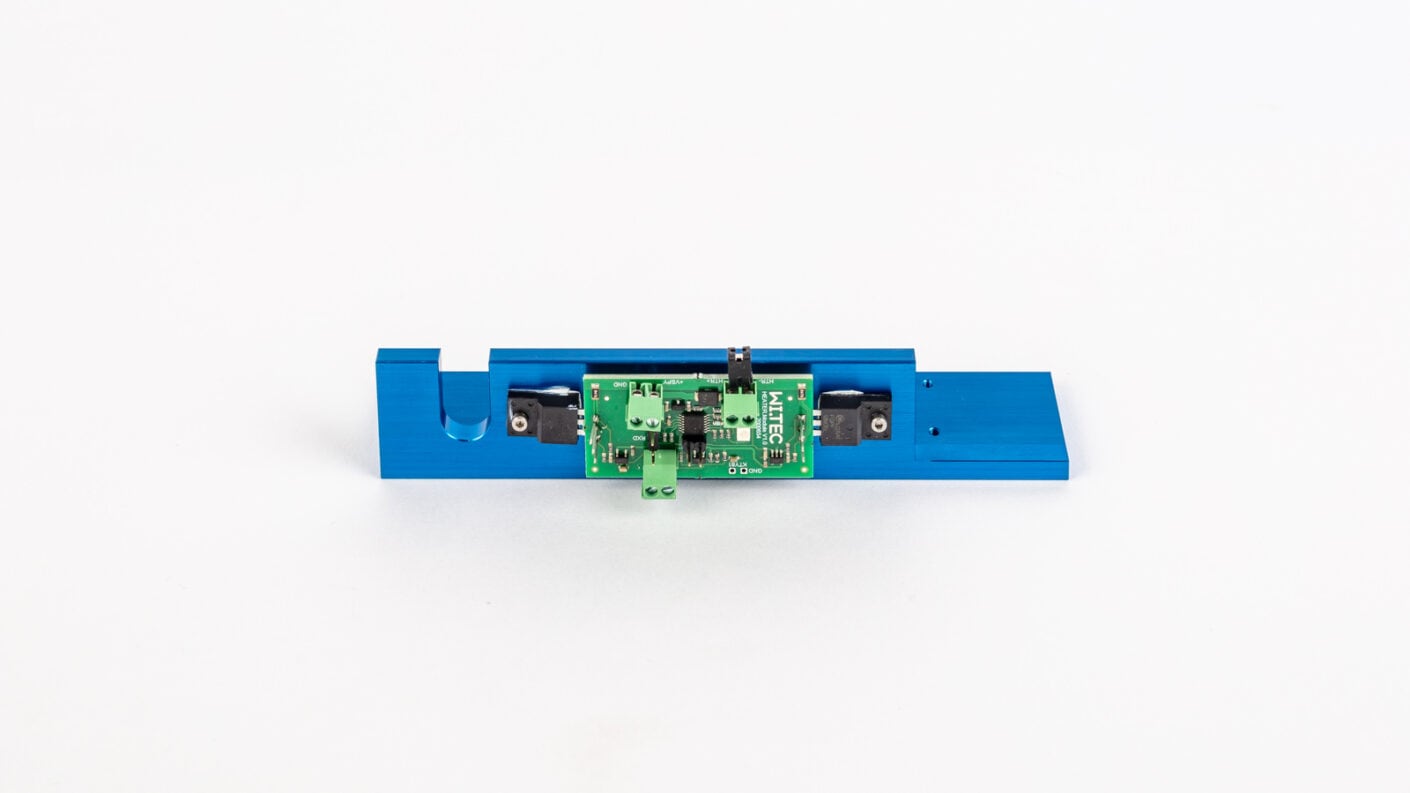
Heating and thermostatting of sensor module
- Prevents condensation of humid gas inside of the sensor
- For constant measurement results
- Thermal insulation of casing interior
- Thermostatting at 50°C (standard), lower thermostat temperature possible on request
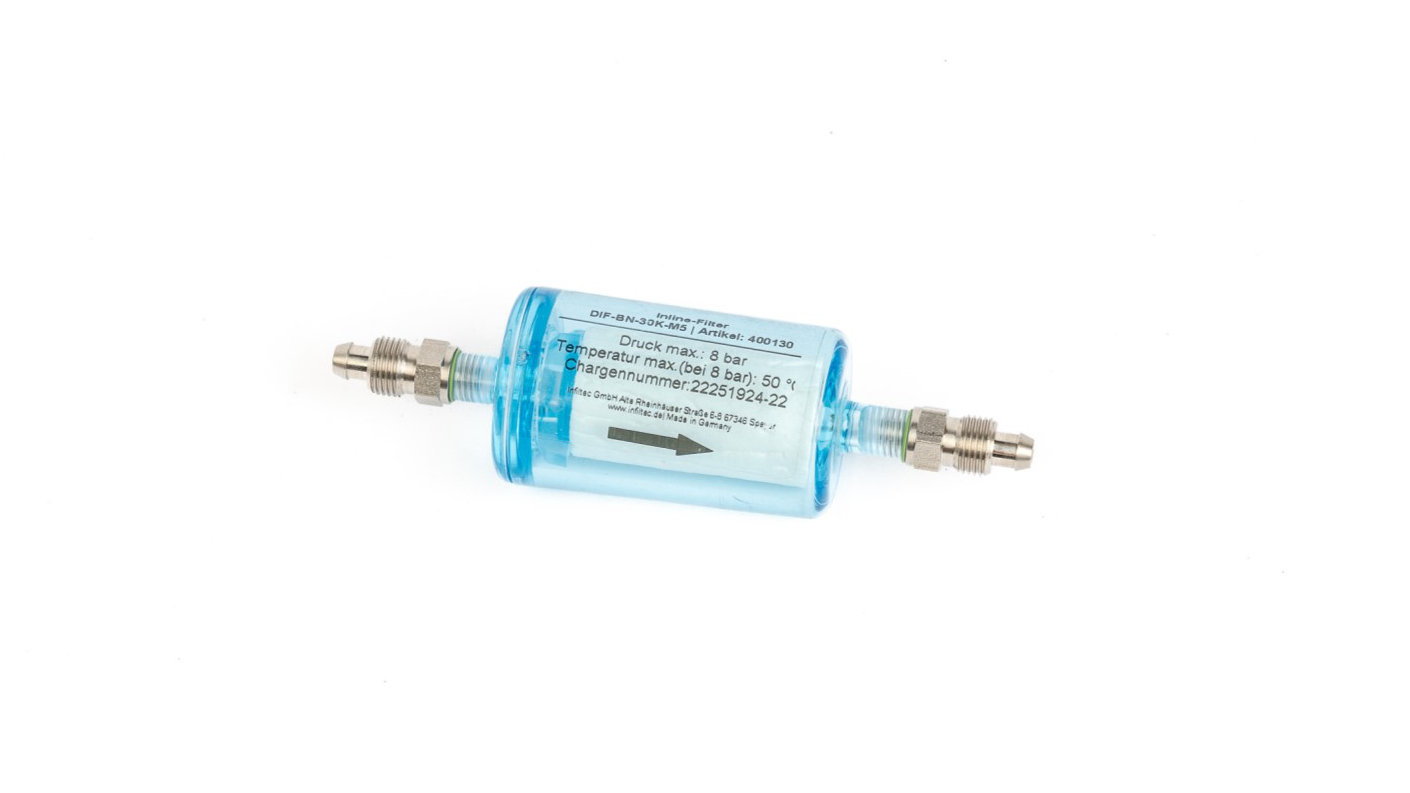
Filter
- Application:
- Inline particle filter
- Accessory for RITTER »MultiGas« Sensors
- Low pressure drop
- Filters particles > 0.1 μm up to 99.9998%
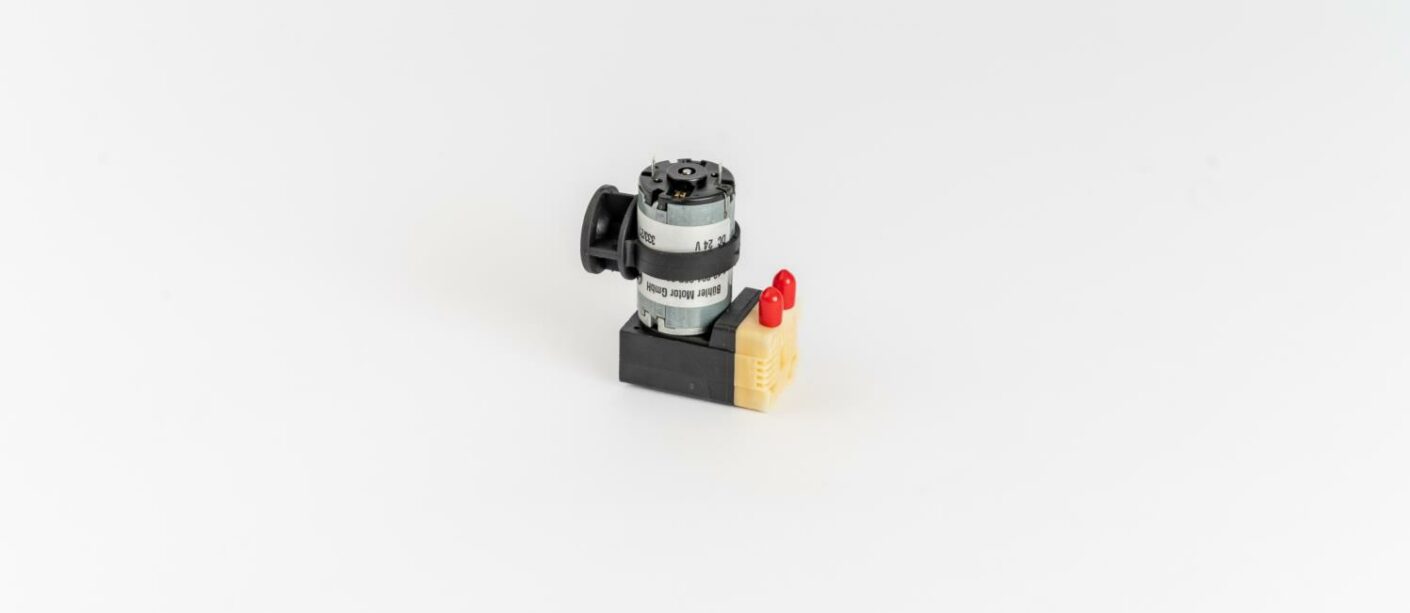
Sample Gas Pump
- Flow rate up to 4.5 ltr/min
- Small size and low weight
- Low vibration and sound level
- Installed in the casing of the RITTER »MultiGas« Sensors
Technologies
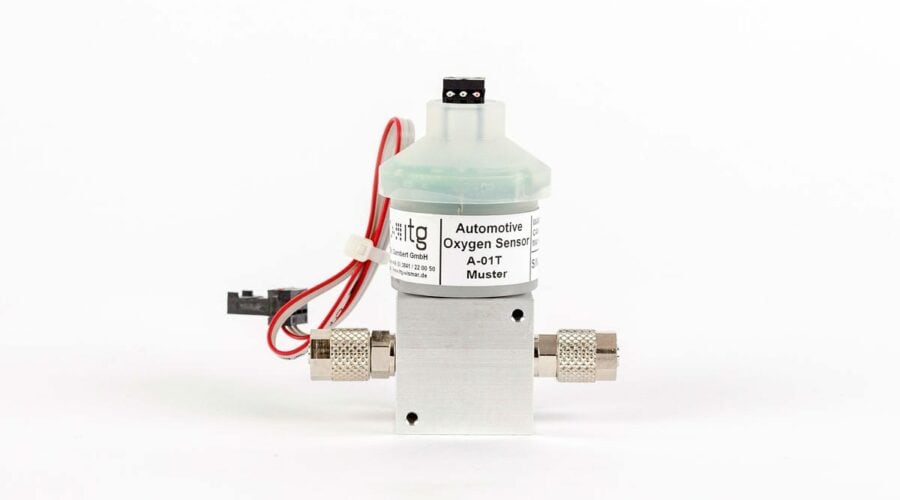
Oxygen Sensor
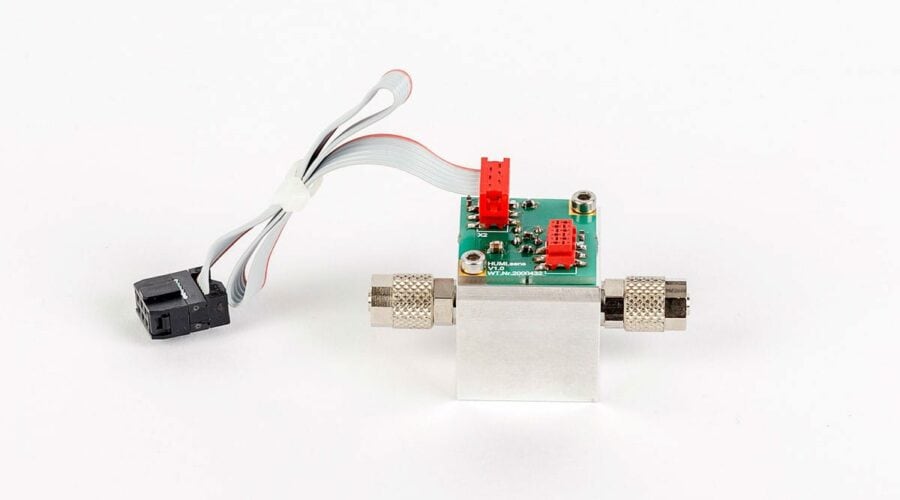
Humidity Sensor
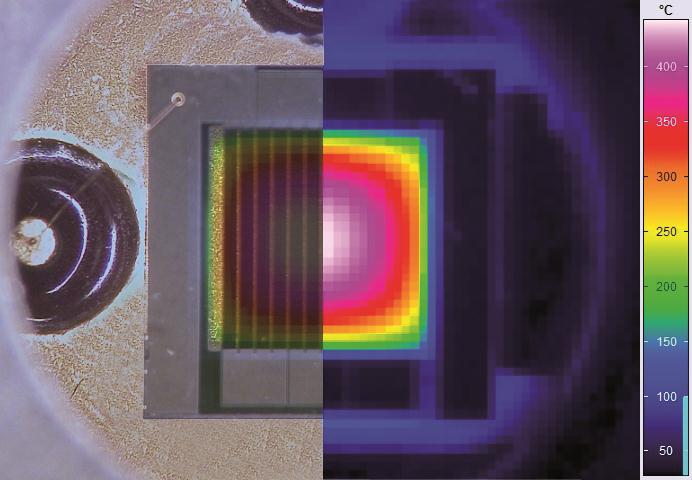
IR-Photometry
